Our motivation to become rescue divers was simple – we had completed our advanced open water and wanted to continue to build our safety and scuba diving confidence. Naturally, the next step in our dive education was taking the PADI Rescue Diver course.
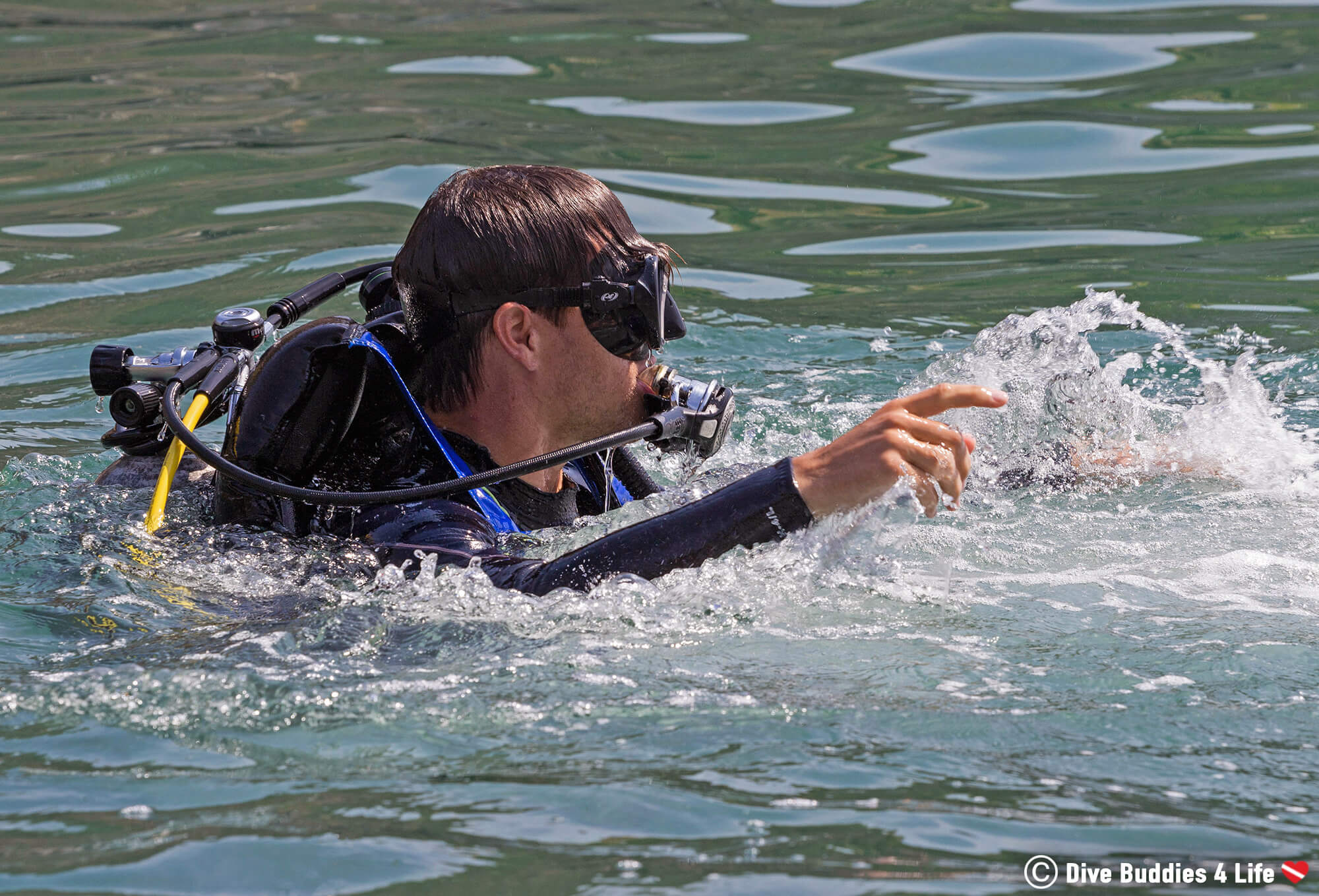
What happens when a diver panics at the surface of the water? How do you perform a proper grid search if a diver goes missing?
Things don’t always go flawlessly on a dive, and when they go wrong, the PADI Rescue Diver course prepares you for dealing with minor and major dive emergencies so that it becomes second nature. Through teaching and practicing rescue situations, up-and-coming rescue divers gain confidence and learn how to respond to almost any underwater scenario.
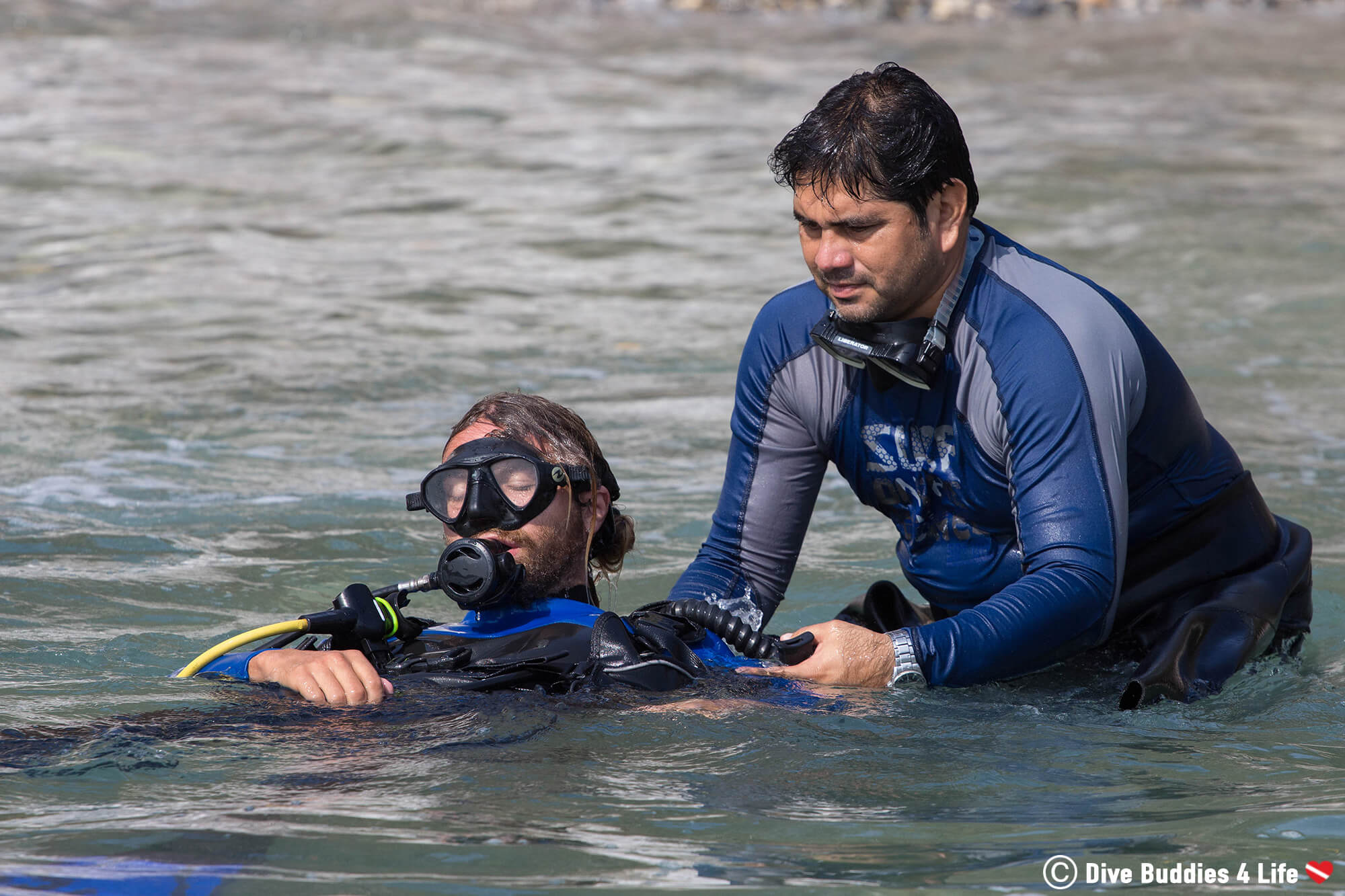
There is a little gray area when it comes to the PADI Rescue Diver prerequisites, and it is always important to double check with your certifying shop before enrolling. Overall here are the PADI course prerequisites:
The PADI Rescue Diver course is different than anything you have probably done in your dive career to date. It’s a course that encourages a shift in perspective, where you stop focusing on yourself and start thinking about others.
Depending on where and how you go about getting your Rescue Diver Certification, the theoretical portion of the course will either be done in a classroom or via E-Learning.
In the dry land section of the Rescue Diver Course, you will study your textbook front to back before heading into the water and putting these academic skills into practice. Some of the essential skills you will read about are the causes of dive emergencies, distress in divers and how to identify it, common equipment problems, missing diver procedures, first aid, and injury treatment, in and out of the water rescue skills and accident management.
If you opt to include Emergency First Responder Training and/or your Emergency Oxygen Provider, it is during this section that you will learn about CPR, how to operate and AED, how to recognize scuba diving illnesses and how to properly administer emergency oxygen to an injured diver.
Following the theoretical section of your Rescue Diver Course, students will then take their freshly learned book skills into the water.
Ten water rescue exercises make up the backbone of the course. These drills include: learning how to assist tired and panicked divers, how to respond to distressed divers from shore and underwater, how to efficiently search for a missing diver, how to administer oxygen and in-water rescue breaths, how to assist or pull victims out of the water. There is also the start to finish rescue of an unresponsive diver at the surface and an unresponsive diver underwater, which is usually left until the end of the course.
Instructors and assistants will simulate and guide Rescue Divers through these scenarios – often without warning. As a student, you will be expected to put your theoretical training into practice as if the accident was occurring in real life.
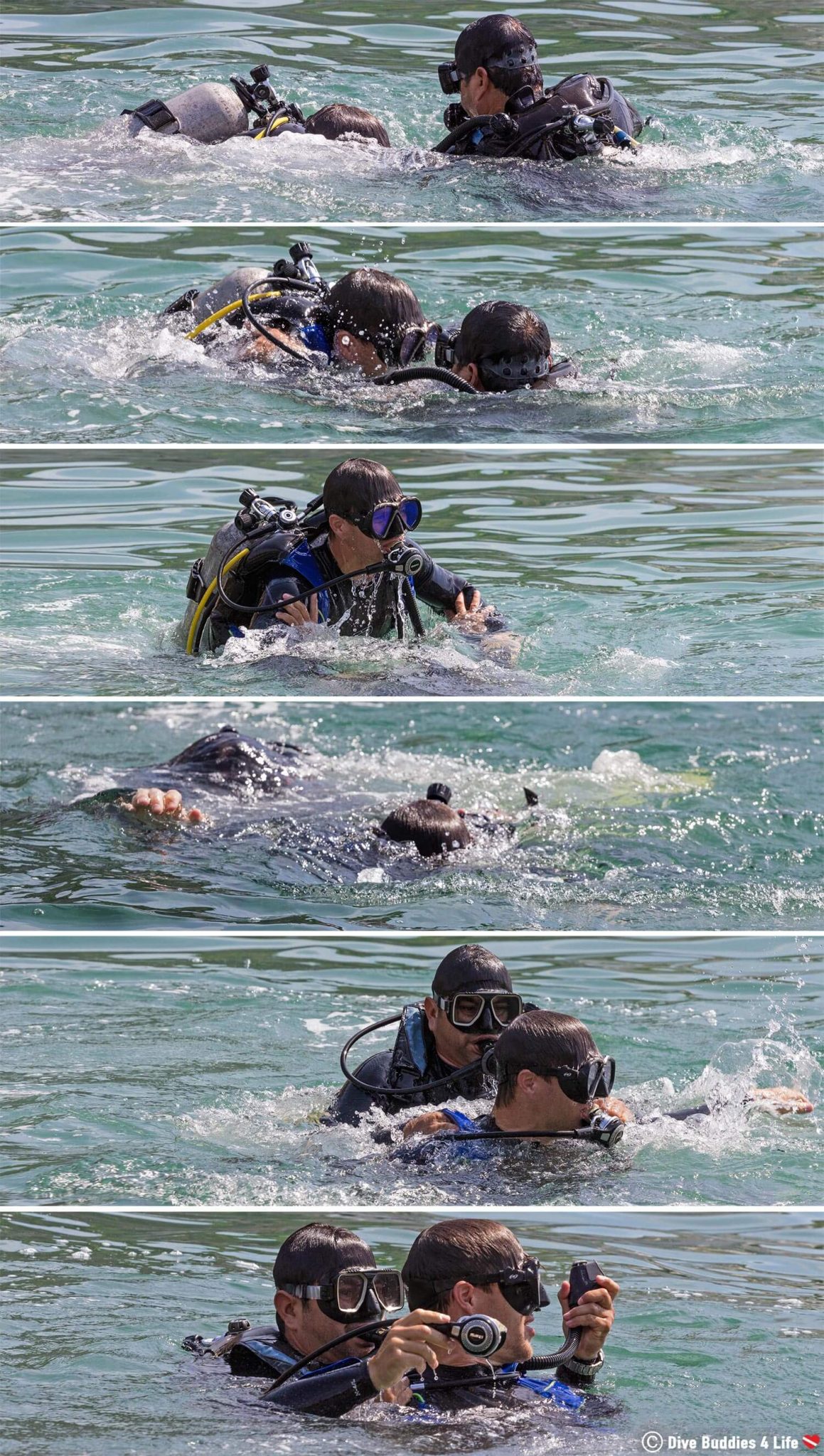
The cost for your PADI Rescue Diver Course will vary depending on where you complete the course. A reasonably estimated breakdown of the price is:
CAD 300.00$ as a base price for the course, open water dives and crew pack (includes: pocket mask, gloves, books, sticker, and badge).
Also, if you decide to pair your PADI Rescue Diver Course with your Emergency Oxygen Provider and Emergency First Responder Course (which is a requirement to complete you Rescue Diver certification), the cost is about CAD 99.00$ per additional accreditation.
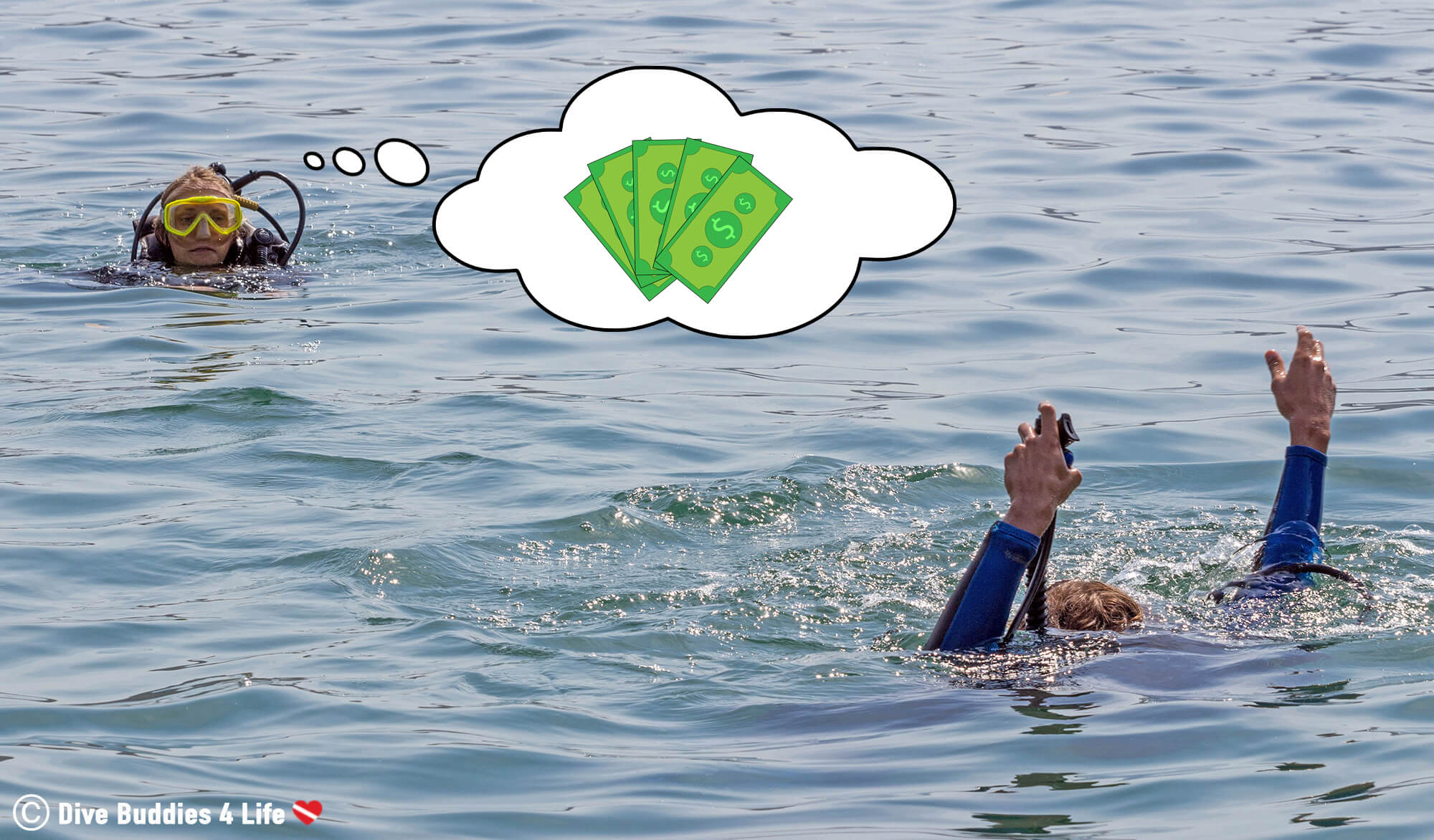
Again, the duration of the PADI Rescue Diver course can vary from one PADI shop to another. However, the consensus seems to be 2-4 days for the period of the course – this includes a day’s time allowance for E-Learning or the classroom portion of the Rescue Diver.
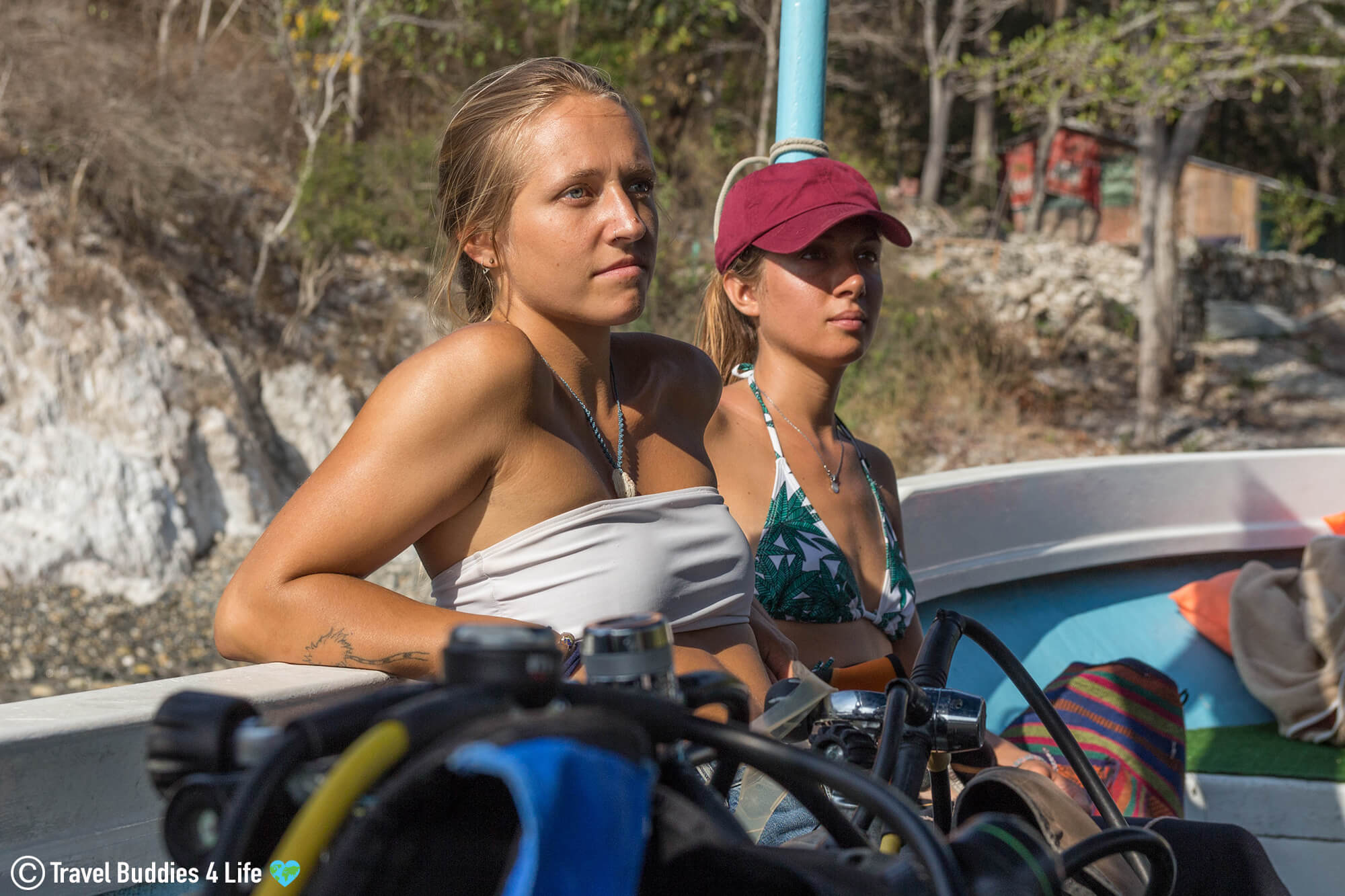
The rescue diver course is designed to broaden and improve a diver’s skills and confidence in the water. As long as you have all the prerequisites, it’s an excellent course for anyone who has a mind for dive safety or who want to further their knowledge. It’s also a necessary step in becoming a PADI professional.
You never know when an accident will happen. Through even the smallest amount of training, divers can be better prepared in preventing and managing dive emergencies, and ultimately maybe one day save a life.
We think that everyone should have some form of rescue diver training, regardless of whether they are merely a recreational diver or looking to become a professional further down the line.
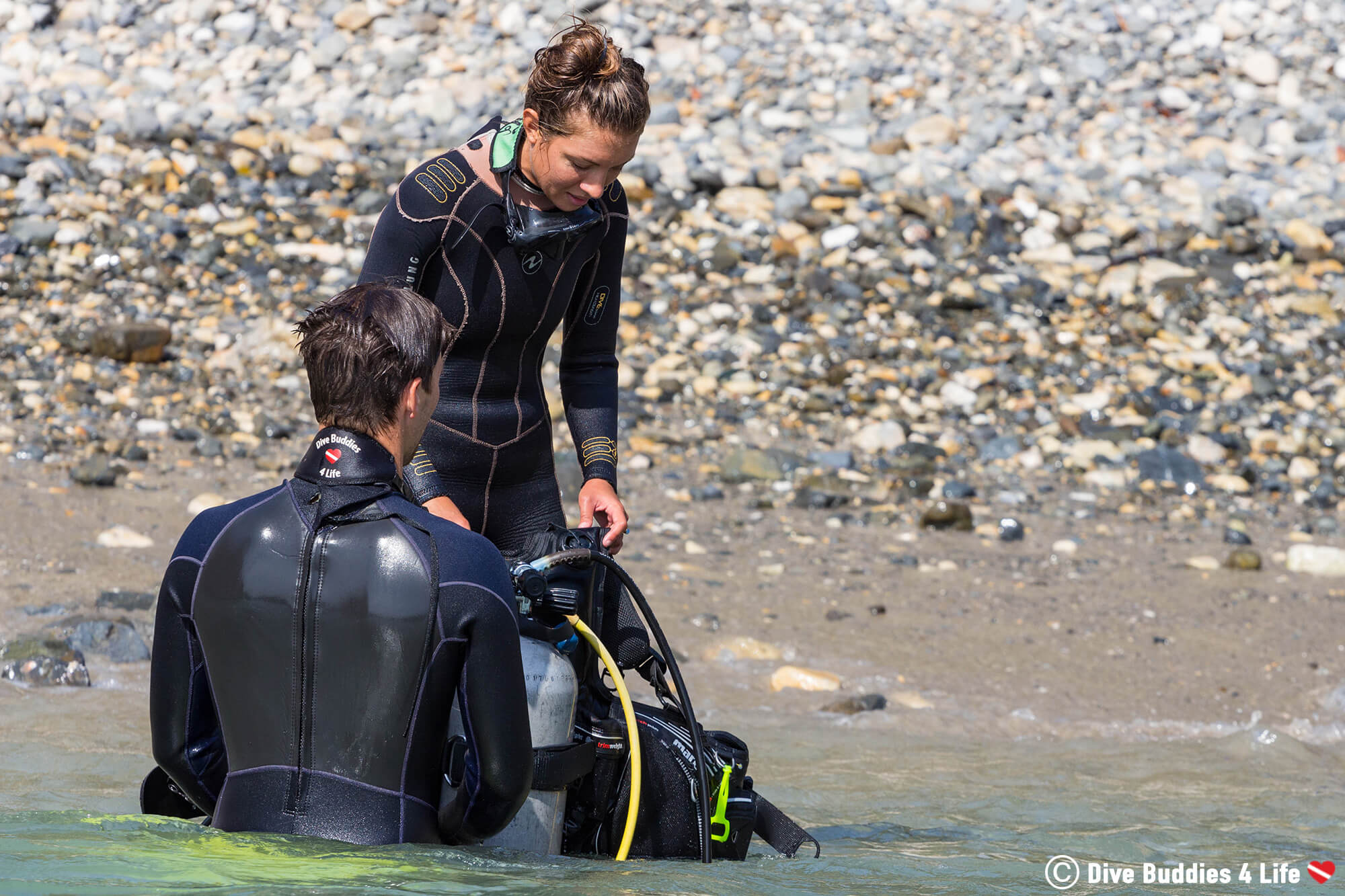
The PADI Rescue Diver Course is an important course to take and a great way to further your scuba diving knowledge beyond the purely recreational level. It gives you the tools you need to stay safe on any dive and recognize an incident before it happens. Here you learn to look beyond yourself and consider the safety and well being of others.
Though Rescue Diver training may be one of the more physically and mentally demanding PADI courses, it is worth every single second. Thankfully, serious dive accidents don’t happen very often, and most divers who finish their PADI Rescue course may never need to deal with the aftermath of a diving accident. However, mastering these skill and knowing that you can cope with an emergency, not only makes you a more capable diver, it also makes you a better buddy.
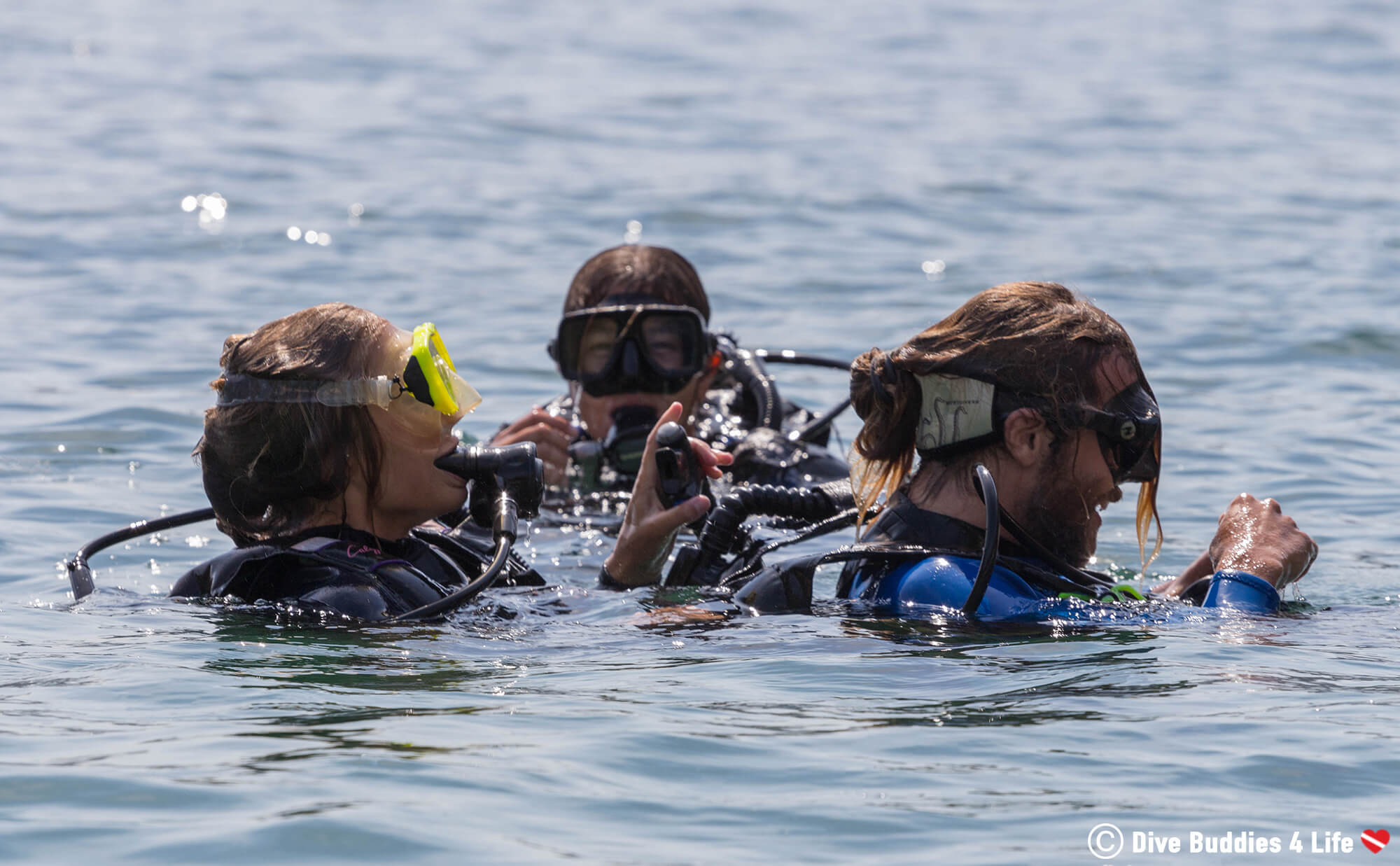
Do you remember what it was like completing your Rescue Diver Course? Tell us how challenging it was in the comments below.


Are you a pig on air? You are not alone. Find out how you can get more out of your scuba diving tank.
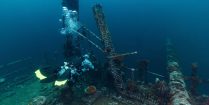
Whether sunk on purpose or as the result of a mishap, it’s a breathtaking experience to be able to visit a sunken wreck while scuba diving.

Fluodiving, fluorescent night diving, UV diving, glow diving - goes by many names. But no matter what you call this vibrant type of diving, the optical magic of fluorescence adds a totally new dimension to your night diving repertoire.
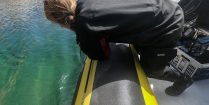
As a diver, sometimes you get hit with seasickness. Here are our solutions to dealing with seasickness before and during your dive.

Bonaire TEK is an annual October occurrence, where Buddy Dive Resort partners with leaders in the tech diving industry for a week of technical dive demonstrations, equipment trials, presentations, training ins and outs, and camaraderie.
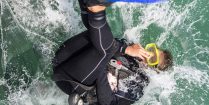
No matter what level of diver you are, scuba backroll entries are a fun-filled way to get off the dive boat and get into the water.
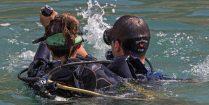
Becoming a PADI Rescue Diver is a great way to further your knowledge and give yourself the tools to stay safe on a dive.
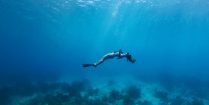
Hair versus scuba, now that's a combination that doesn't mix. So how do you stay away from the tares, tangles and hours upon hours of post-dive hair brushing?

The day is over and the sun is setting on a day of scuba diving but is it really time to hang up your fins, or do you dare slip back into the water at night?
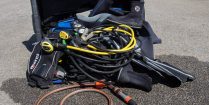
Everybody loves the idea of scuba diving, but the aspect of post dive cleanup is a much different story. It’s long, it’s tedious and it almost impossible to do it without getting wet - yet again.

Organizing a dive vacation can be a challenge. To help, keep these four questions in mind when planning your next scuba diving vacation.

Sometimes a dive doesn’t go according to plan and when that happens, it’s important to be seen. Learn all about surface markers and why you should have one.

It's not easy being green in a day and age where everything is plastic and waste. Let sustainability lead the way as you explore the underwater world.

Many scuba diving agencies that play a role in training divers. Here is a look at SEI, PADI, NAUI, and SSI, the top scuba agencies in the world.
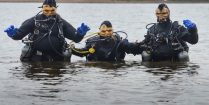
Getting ready for Halloween, scuba diver style, with the PADI Zombie Apocalypse Diver Specialty Course. It's a scuba course that is to die for.
